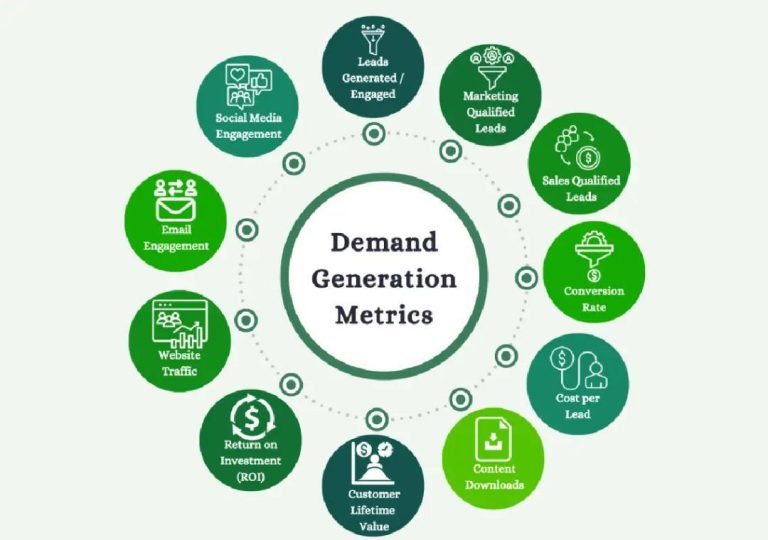
Can you launch and iterate faster than competitors?
In today’s fast-paced and dynamic market, speed is no longer just a luxury, but a survival edge. The ability to quickly test, tweak, and launch new products, pricing, and marketing campaigns has become a crucial competitive advantage. Direct-to-Consumer (D2C) models have revolutionized the way brands operate, enabling them to bypass traditional retail gatekeepers and execute with unprecedented agility.
In India, where the e-commerce landscape is rapidly evolving, D2C is emerging as a game-changer for brands looking to stay ahead of the curve. By leveraging D2C, Indian brands are able to launch new products, test market response, and iterate on their strategies in a matter of weeks, rather than months.
Breaking free from retail constraints
Traditionally, brands have relied on retailers to distribute their products, leaving them at the mercy of these intermediaries. This has resulted in lengthy go-to-market timelines, limited control over pricing, and reduced visibility into customer preferences. In contrast, D2C models allow brands to own the entire customer experience, from product development to delivery.
With D2C, Indian brands can now design, produce, and distribute their products directly to customers, eliminating the need for intermediaries. This not only reduces costs but also enables brands to respond quickly to changing market conditions, customer feedback, and competitor activity.
Test, iterate, and refine
In the D2C era, speed is a critical component of success. Brands can now test new products, pricing, and marketing campaigns in a matter of weeks, gathering valuable feedback from customers and refining their strategies accordingly.
For example, a fashion brand can launch a new collection of clothing and accessories, monitor customer feedback and sales data, and make adjustments to product offerings, pricing, and marketing messaging in a matter of weeks. This agility allows brands to stay nimble and responsive to changing customer preferences, reducing the risk of launching a product that may not resonate with the market.
Pricing flexibility
Another significant benefit of D2C is pricing flexibility. Brands can now experiment with different pricing strategies, testing the effectiveness of various approaches in real-time. This allows them to optimize pricing for different products, customer segments, and geographic regions, maximizing revenue and profitability.
Campaign velocity
D2C also enables brands to launch marketing campaigns at unprecedented speed. With the ability to reach customers directly, brands can now create targeted campaigns, monitor their effectiveness, and make adjustments in real-time. This campaign velocity allows brands to stay ahead of the competition, capitalizing on trends and opportunities as they emerge.
Indian brands lead the way
Indian brands are at the forefront of the D2C revolution, leveraging this model to gain a competitive edge in the market. Companies like Nykaa, Mamaearth, and BoAt are using D2C to disrupt traditional industries, offering customers a seamless and personalized brand experience.
Nykaa, for example, has built a successful D2C model in the beauty and personal care space, offering a wide range of products directly to customers. The company’s ability to quickly test new products, refine its product offerings, and adjust pricing strategies has enabled it to stay ahead of the competition.
Conclusion
In today’s fast-paced market, speed is no longer just a luxury, but a survival edge. D2C models have enabled Indian brands to launch and iterate faster than their competitors, testing new products, pricing, and marketing campaigns in a matter of weeks. By bypassing traditional retail gatekeepers and executing with unprecedented agility, D2C brands are able to stay nimble, responsive, and competitive.
As the e-commerce landscape continues to evolve, it’s clear that D2C will play an increasingly important role in the success of Indian brands. By embracing this model, brands can gain a competitive edge, build loyal customer relationships, and drive growth in a rapidly changing market.
Source:
https://www.growthjockey.com/blogs/why-indian-brands-are-switching-to-d2c






